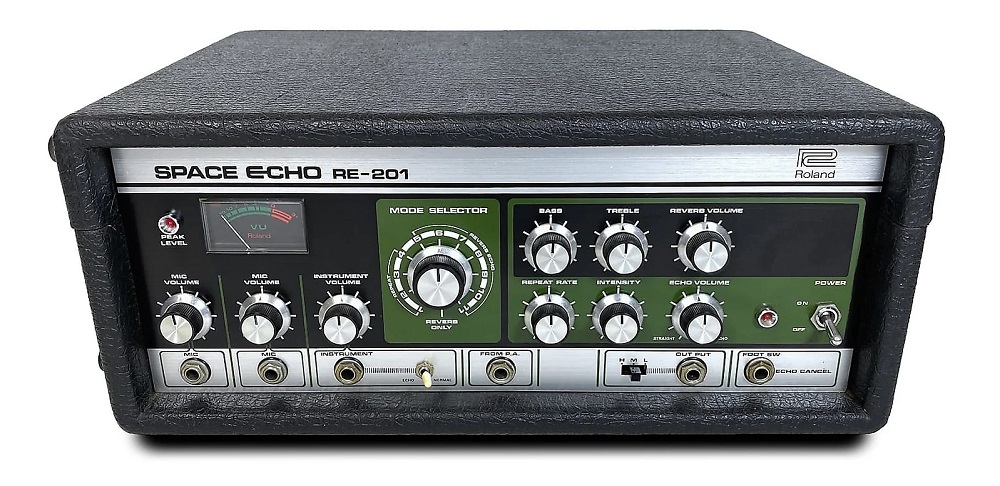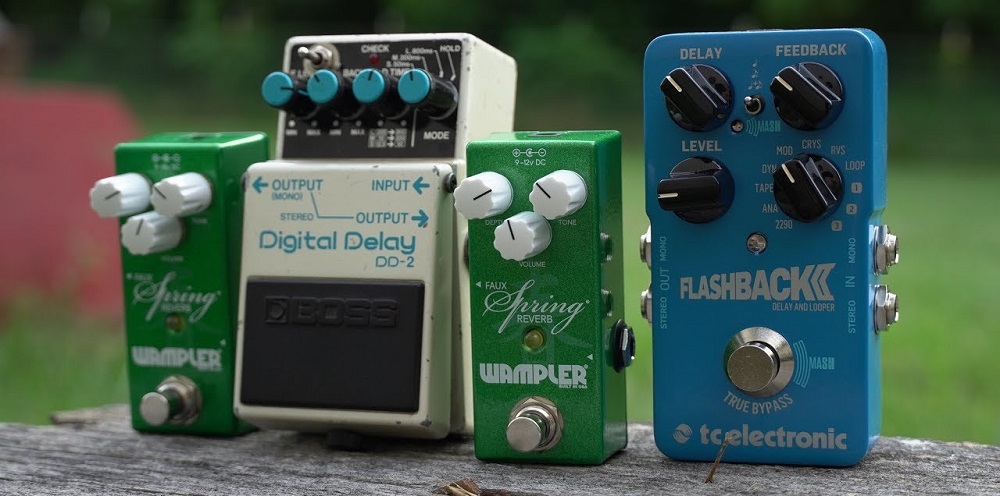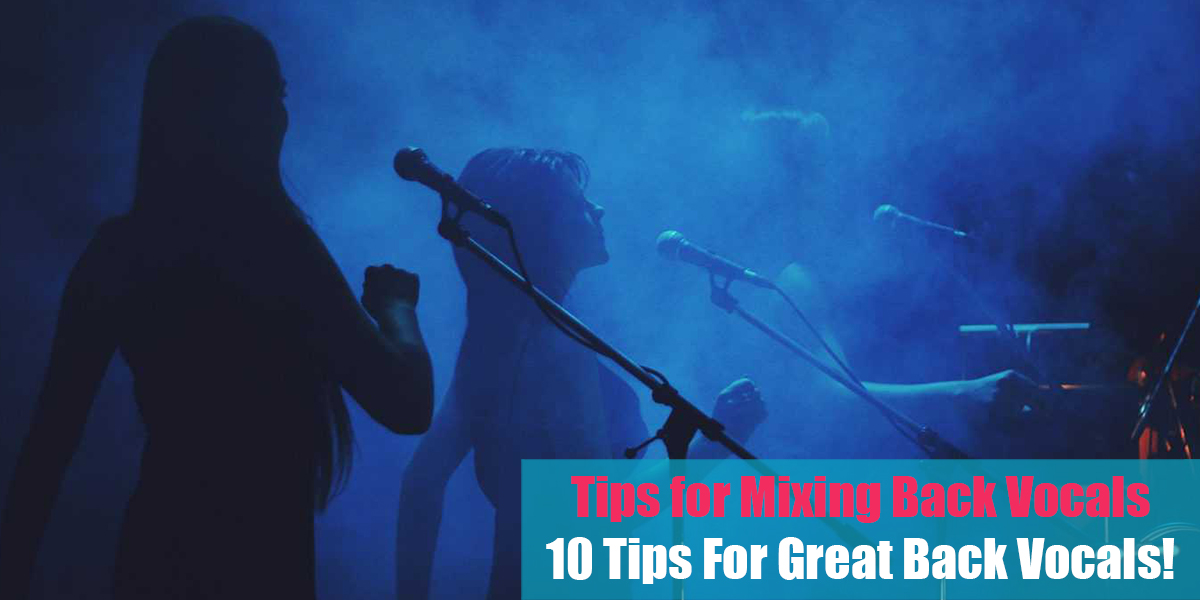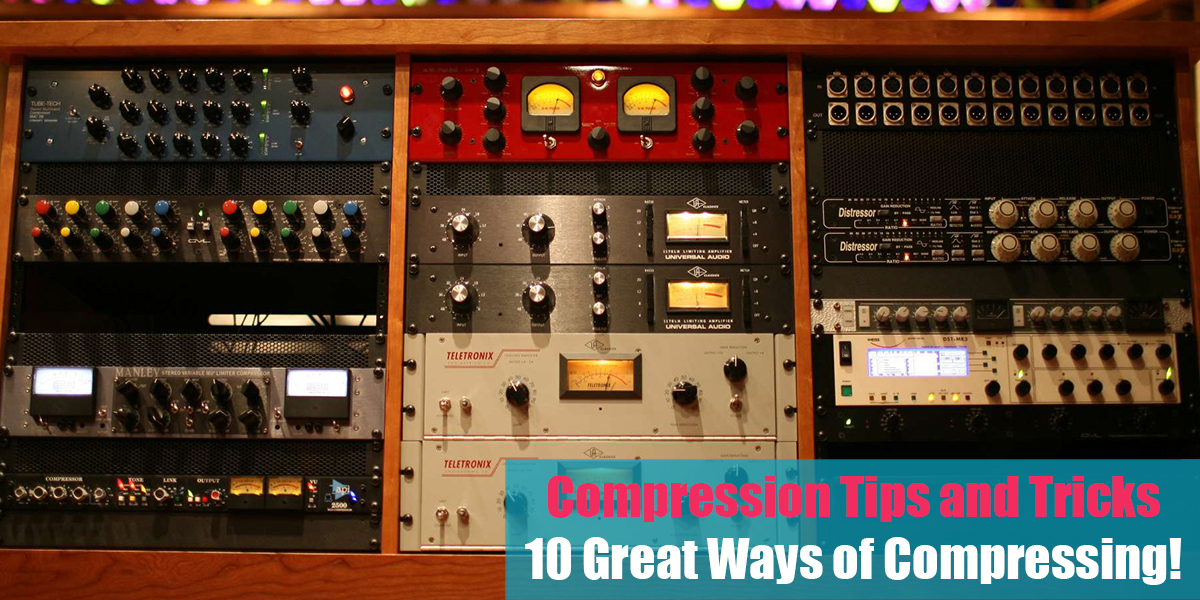Using Delay Instead of Reverb
Introduction
When it comes to mixing, reverb and delay are usually the first effects that come to mind, no matter your level of experience. In most music genres, these two effects are essential for adding depth and a new dimension to songs.
Reverb and delay are largely responsible for allowing some popular DAWs to create mixes that feel three-dimensional. Before we dive into the discussion of reverb vs. delay, let’s quickly go over what each effect does.
We’ll focus on what makes them similar, as well as what sets them apart. Our goal is to give you the information you need to decide when to use each effect, and how to get the most out of them—especially when using both at the same time.
Delay
A delay is simply the repetition of an original audio signal after a short period of time, often repeating several times. It works similarly to reverb, as both effects play back sound waves or audio signals. A natural example occurs when you shout from a mountaintop and hear your voice echoing back. Echoes are a type of delay that duplicate our voices in this way.
There are many types of delays, ranging from subtle echoes that highlight certain frequencies to more dramatic effects that create droning sounds, like those found in Shoegaze music. Like reverb, delays can be either digital or analog.
The most common types of delay are ‘echo’, ‘tape’, ‘ping-pong’, and ‘slapback’, among others. Analog delay pedals like the Electro Harmonix Canyon and MXR Carbon Copy are especially popular, in contrast to analog reverb pedals.
Digital delay pedals, such as the Boss DD-7 and the TC Electronic Flashback, are also widely used. When choosing between analog and digital delay pedals, consider your musical genre and the kind of sound you want to create.

Reverb
Reverb happens when early reflections and the diffusion of the original sound source occur in three dimensions. Just a fraction of a second after the original sound, these reflected sounds reach the listener and are heard as part of the original sound.
A good example is the way your singing sounds in a bathroom. When your voice bounces off surfaces like tile, sheetrock, or glass, you usually don’t hear a clear echo. Instead, you notice a sense of depth or space created by these reflective surfaces.
If you sing in a room with carpet and curtains, you’ll hear a “dry” sound with few, if any, early reflections. In simple terms, reverb is the gradual fading of a sound into silence as it interacts with the physical space around it.
As sound reflects off surfaces, its volume (amplitude) gradually decreases until it can no longer be heard. Thanks to advances in technology, we now have much greater control over the type of reverb we want to use.

Using Reverb and Delay Together
What if you combined the two? Is that possible? Yes, it’s definitely possible to combine these two effects, and things can get even more exciting when you mix them together. When used with intention, reverb and delay complement each other well, and we can’t stress enough how important it is to use them with a clear purpose.
The key to using both audio effects successfully in a mix is all about the order in which you apply them. Placing delay before reverb gives you more distinct echoes, while reversing the order can result in a muddier sound.
What you’re looking for will determine what you find. And it doesn’t stop there. If you want to capture classic sounds—like those from the 60s and 70s—use delay first, then add reverb.
You can achieve this either with your software or by using a stompbox. If you want to leave some space around the vocal, that’s still an option. By mixing delay and reverb on separate auxiliary sends, you can dial in exactly the amount of each effect you want.
Why Use Delay Over Reverb?
The main and most obvious use of delays is when playing guitar—especially for lead parts that play single notes or melodies, rather than rhythmic sections. While you can use delays on rhythm guitars too, the effect is much more noticeable and pronounced on leads.
A short, fast delay can also boost the energy and sense of space around a lead vocal, just like it does with lead guitars. Reverb can make fast vocals hard to understand, since it tends to blur the words and make things muddy, especially if you use longer reverb tails. Delays, on the other hand, don’t cause the same problems.
A great way to anchor a lead vocal in the mix is to add a subtle vocal delay underneath it. When mixed at a lower level, these delays act as a texture, giving the voice more complexity and character.
By swapping out some reverbs for delays, you can avoid that washed-out sound, while still creating the depth and space you want in your mix.

The Difference Between Delay and Reverb
If you’re not sure about the difference between reverb and delay, you might be ruining your mix without even realizing it. Maybe you’ve added some reverb to your song and it sounds muddy, but you’re not sure how to fix it. That’s why it’s important to understand the difference between these two effects.
So, what makes delay and reverb different, and how are they similar? The main difference between them comes down to one word: time. Technically, reverb is a type of delay effect. Both simulate sound waves bouncing around a room, which creates a repeating, time-based effect.
Reverb is usually more complex and offers a wider range of controls and buttons to shape the sound. Time is important for delay too, but with delay, there is a specific time gap and a set number of repetitions that start the effect.
While both delay and reverb are time-based effects, delay repeats the signal after a short pause, with the number of repeats depending on the feedback setting. Reverb, on the other hand, gives your sound an atmospheric quality—it’s what we hear as the acoustics of a room.
Different Types of Delay
Slapback delay
Slapback delay creates a quick, punchy echo right after the original sound. The delay time usually falls between 40 and 120 milliseconds. This effect feeds back slightly, reinforcing the note and adding a snappy feel. It works especially well with electric guitars.
Doubling delay
A doubling delay produces a single, immediate echo following the original signal, with a very short delay time—typically between 30 and 50 milliseconds. The main goal is to make the sound feel fuller by effectively “doubling” the signal.
Tape delay
Today, many delay plugins closely mimic classic analog tape delays. The process is simple: one tape head plays back the output while the other records and stores it, recreating that vintage tape echo sound.
Looping delay
With looping delay, the echo continues endlessly without fading away. Unless you adjust the settings, this type of delay can loop forever, creating an ongoing repetition of the sound.
Modulated delay types (Chorus / Phaser / Flanger)
Modulated delay effects add movement and texture. Chorus changes the frequency of the delayed reflection before mixing it back with the original sound. A flanger does something similar but uses a shorter delay time for a more dramatic effect. A phaser, on the other hand, uses an all-pass filter to create a swooshing sound layered on top of the original audio.
Inteligent Use of Delay over Reverb
If you want to add depth to your mix without creating an entirely new space, delay is a very useful tool. Using delay is a simple way to enhance and thicken vocals, guitars, and keyboards.
When you set the delay to less than 100 milliseconds with fewer than two repeats, the sound will become thicker. You can also create a sense of space using longer delays, but without cluttering the mix like long reverb trails might.
As mentioned earlier, reverb—especially longer reverb—can really add to a mix or arrangement. However, too much reverb can make things noisy and crowded. Since delay effects tend to be simpler, it can be tempting to use them more freely, but it’s still important to pay attention to both delay time and feedback.
If you use a short delay with too much feedback, you’ll end up with metallic noise. Similarly, too much feedback with a long delay can cause the effect to continue long after the phrase has finished, repeating at the wrong times.
Conclusion
In summary, both reverb and delay are considered ambient effects. There are many different algorithms and effect modes to choose from, along with a wide range of adjustable parameters. It’s important to note that reverb and delay are not the same thing.
Reverb creates a back-and-forth echo chamber effect, while delay works by recording and repeating a section of sound. We recommend using both effects, especially for electric guitar players who enjoy electronic or ethereal soundscapes, rather than just traditional blues.
We hope this article has helped clarify the difference between delay and reverb. With practice and experimentation, you’ll learn when to use each effect. Our goal is to give you some general guidelines to speed up your learning process and help you avoid a few common headaches along the way.






